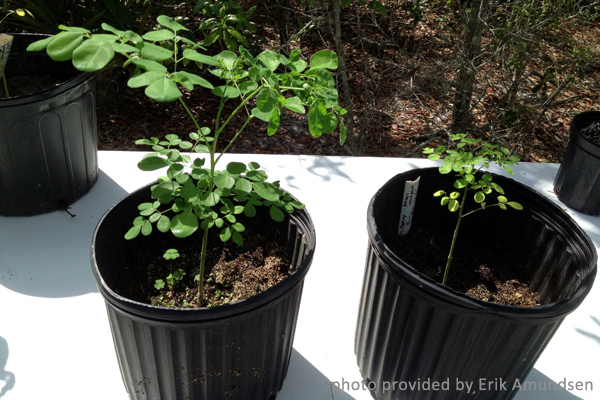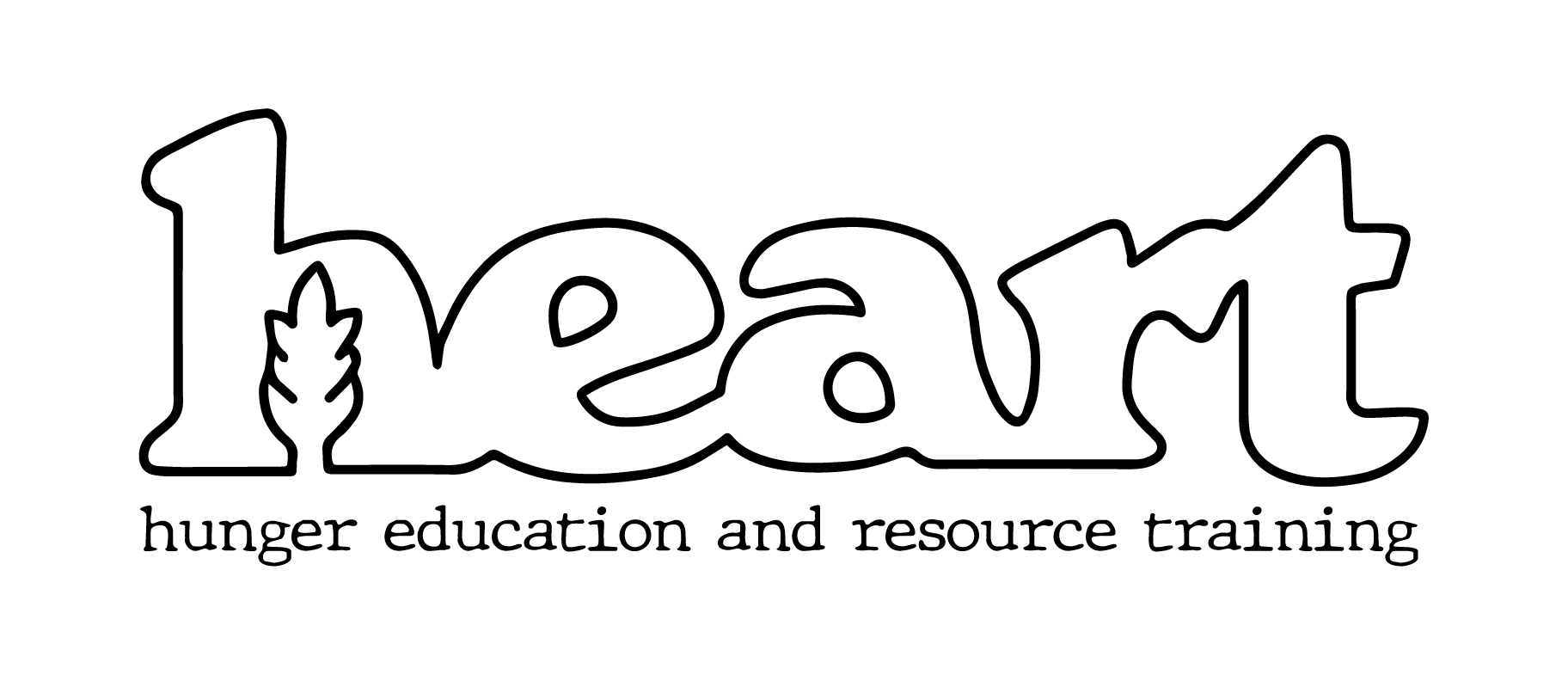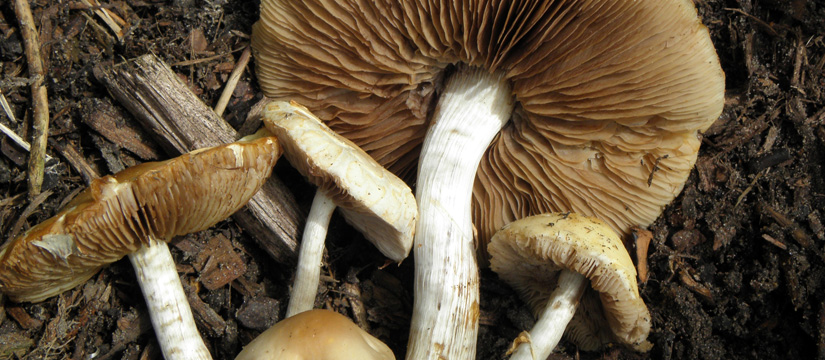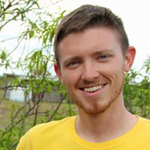When I began researching mushrooms, it was purely for the purpose of eating them. I was blown away by the role that fungi can and does play in the world outside of human consumption. Fungi play an important role in the health and well being of many different eco-systems, especially old growth forests. Research is being done on intentionally introducing different types of fungi into areas during reforestation process. In places where soils are very polluted, fungus can help digest chemicals and turn them back into their most basic elements that are much less harmful to the plants and organisms living in and around them. Because of tiny web-like structure that the mycelium creates, some people have even begun to use fungi in the filtration of chemical runoff from factories or farms that use chemical fertilizers and pesticides. As the polluted water passes through the strands of mycelia, the number of pollutants is greatly decreased and oftentimes neutralized completely.
The most interesting types of fungi that I came across are called mycorrhizal fungi. This is a group of fungi that develop a symbiotic relationship with the plants around them. That is, the plant and the fungi help each other and thus are able to grow bigger and stronger than either one could on it’s own. The plants release sugars called exudates through their roots into the soil. The fungi use the exudates as energy to generate more mycelium to extend it’s reach further into the soil. The web-like structure of the mycilia strands draws minerals, nutrients and water within reach of the plant’s roots. The fungi not only extend the reach of the plant’s own root system, but they also help break down some nutrients in the soil into forms that can be used by the plant. These fungi will sometimes even take sugars from a large developed tree and pass them to other smaller saplings around it.
I purchased some mycorrhizal fungi online and did some of my own informal experimenting while I was a student at h.e.a.r.t.
Although the experiments weren’t perfectly controlled, the results were astounding.

Pictured above are two moringa saplings planted from seeds on the same day. The one on the left was
treated with mycorrhizal fungi while the one on the right was left untreated. All other conditions were identical.
Within a month of planting, tomato plants that were treated with the fungi were 2 to 4 times larger and moringa trees were up to 6 times as large as those that were untreated. All of the seeds that were treated with mycorrhizal fungi sprouted earlier and were visibly healthier, even in a short period of time. The only trials that showed little to no difference were plants that were in very sandy soils, possibly because there were fewer nutrients and organic matter in the soil for the fungi to transfer to the plants.
Conventional farming practices kill off the harmful microbes and fungi that are living in the soil. In the process, however, they also eliminate all of the positive ones. This is just one example of natural processes that many farmers are fighting against instead of using for their benefit.
Even after all the time I have spent reading about and experimenting with fungi, I am by no means an expert. There is still a lot that I have to learn and there are a lot of things that humans have yet to discover about mushrooms and fungi. The unknown is partly what draws me to this area of study. Please pray for my wife and I as we try to implement some of these ideas in developing countries, and pray for the students at h.e.a.r.t. as they are learning. The h.e.a.r.t. program can be a very formative time for students, and the technologies that are taught at h.e.a.r.t. have the ability to alleviate poverty for millions of people around the world.
For more on Erik’s experience with mushrooms, click here, here and here. Get a grilled mushroom recipe that Erik created here.
Erik is a garden enthusiast whose hobbies include cheese making, cooking, traveling and playing the mandolin. Erik and his wife, Kristina, completed the Spring 2013 term at h.e.a.r.t. and are preparing to serve as missionaries with the Covenant Church in Ecuador.


